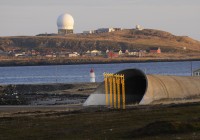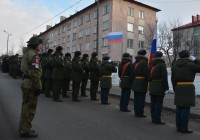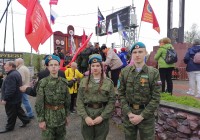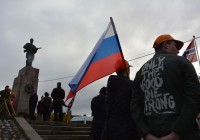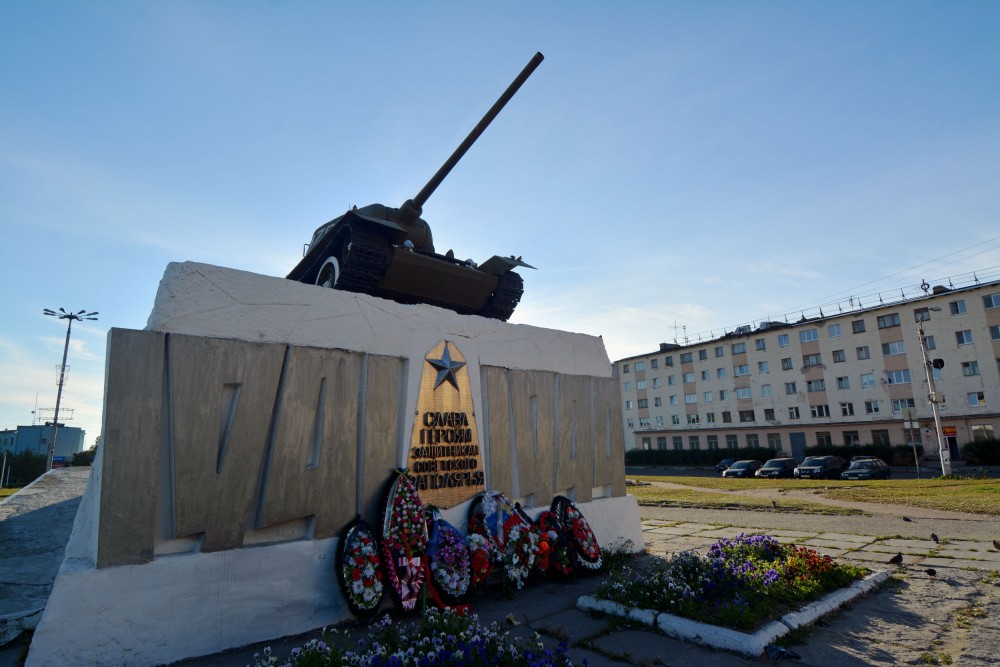
In Norway's northeast, locals started process to import Soviet-era tank from Russia’s Northern Fleet
ADVERTISEMENT
War memorials abroad are of growing importance for the Kremlin. Norway’s border region with Russia is with increasing intensity a priority. Especially after 2014.
But is Russia pushing its memorial policy too far?
“From a Norwegian perspective, the idea that a tank-monument could symbolize the liberation of Eastern Finnmark seems absurd,” says Joakim Aalmen Markussen, postdoc at UiT The Arctic University of Norway.
“The T-34 has little or no relevance to the Partisan operations in Finnmark. The tank has no direct historical relevance to the Partisans,” says Markussen.
Putin’s men in Murmansk, among them former Senator Igor Chernyshenko and Governor Chibis’ advisor on international affairs Sergei Goncharov, have for years built contact networks with local enthusiasts in Vardø. The small town on the western shores of the Varanger fjord is strategically located with lookout to Russia’s Kola Peninsula.
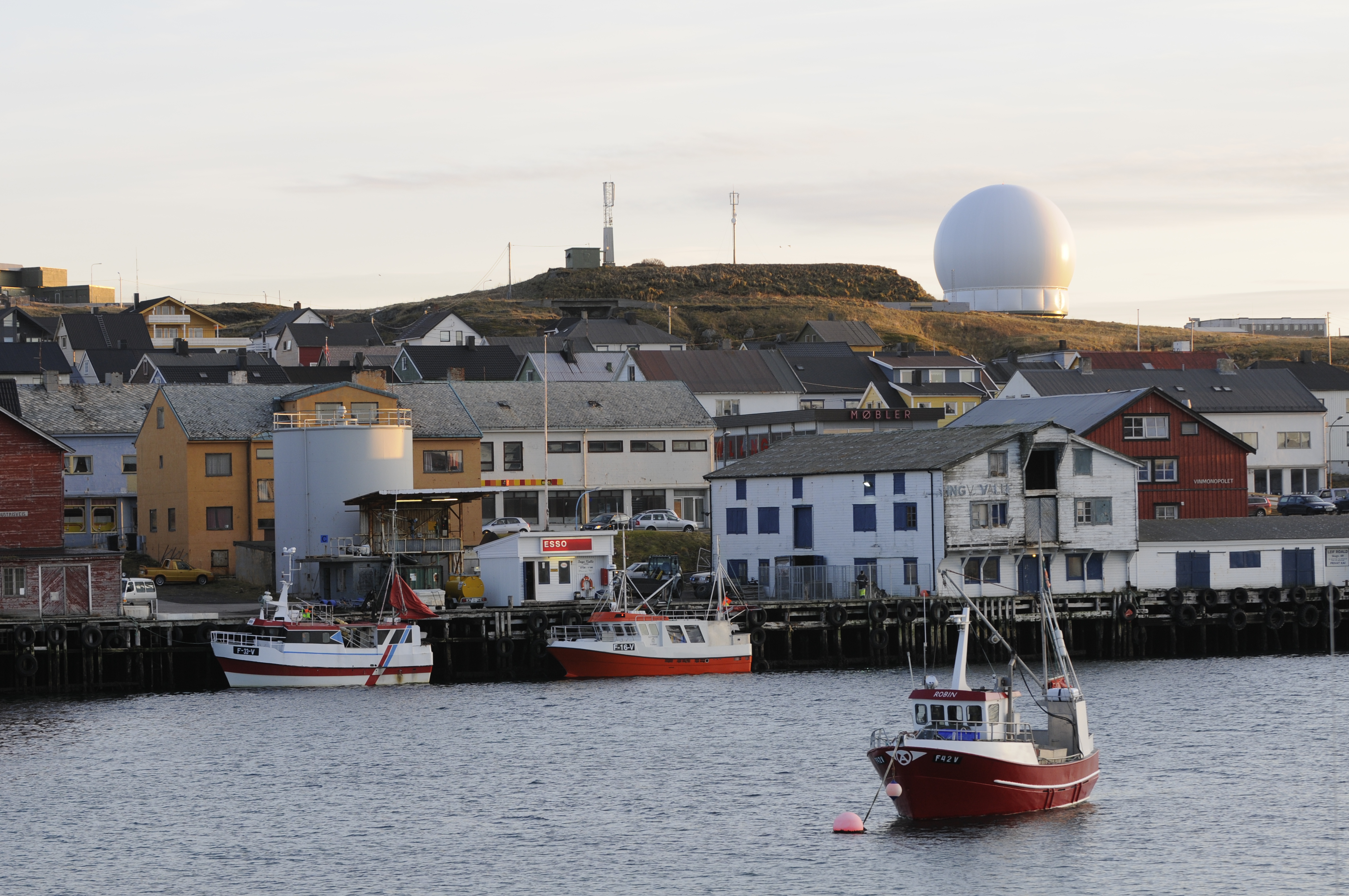
This northeastern corner of Norway was most affected by Second World War. Towns were bombed and burned, people were forcely evacuated, partisans were executed.
ADVERTISEMENT
In 2016, Chernyshenko established the “Russian-Norwegian expert group on the history of the partisan fight against the German-Fascist occupiers in the North during The Great Patriotic War 1941-1944.” Seminars were arranged and new memorials appeared as the groups visited each other. Often wearing the patriotic pro-war St. George’s Ribbon on their chest.
A Russian Orthodox cross was erected with view to the Norwegian military intelligence Globus space radar system, and in 2018 came a Soviet-style bauta with text written first in Russian and then in Norwegian. Experts on Russia’s war memorial policies started to question the neighboring country’s agenda in northernmost Norway, arguing it might not be coincidental that Russia is making these kinds of efforts at the moment.
Nothing, however, is as sensitive as the plan to bring a World War II tank to commemorate the Red Army’s 1944 liberation of Eastern Finnmark from Nazi German occupation.
“From a Russian perspective, a T-34 displayed at a Norwegian museum would represent a massive propaganda victory,” says Joakim Aalmen Markussen.
He elaborates: “It would enable the Kremlin to claim that Norway supported Russia’s narrative about WWII. In turn, this would entail that Norway also supported the distorted worldview that the Kremlin has built on top of the WWII narrative, namely that Russia is under attack by the West, that it must fight the alleged spread of neo-nazism and other paranoid conspiracies.”
Aggressive memory diplomacy
How Soviet monuments are treated in the host country is often used to determine if the host country is friendly or unfriendly towards other aspects of Russia’s geopolitical aspirations.

Markussen says the suggestion that the Partisan museum should display such a heavily symbolic monument is one of the most explicit expressions of an aggressive Russian memory diplomacy towards Northern Norway.
“With increasing intensity since Crimea in 2014, we have seen several instances where state-sponsored Russian actors have worked to export the official – but distorted – narrative about the Great Patriotic War. When successful, we have seen that Norway’s willingness to accept Russian symbolism, such as the St. George’s ribbons, has been contrasted to the situation in Central and Eastern Europe,” Joakim Aalmen Markussen explains.
“Norway’s embrace of Russian memorial traditions and symbols has been used to portray Norway as one of Russia’s allies in ongoing memory wars in Europe.”
In 2021, Deputy Minister of Foreign Affairs Mikhail Bogdanov said a “war over historical memories has over the past years picked pace and gained an ideological character.” He was concerned about war memorials in the Baltic states.
Last August, Estonia removed a T-34 from the Second World War memorial in the border city of Narva. The Government in Tallinn argued Russia was using the monument to stir up tensions.
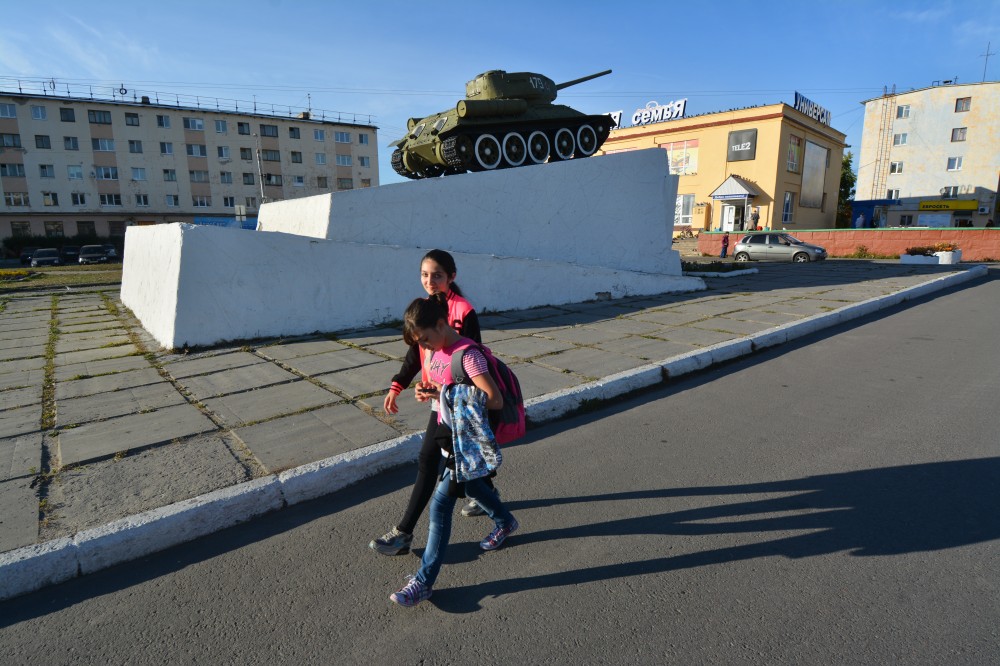
Unwilling to talk
Vardøhus Museum Association is today unwilling to talk publicly about who initiated the process.
“We decide which questions to answer,” says Chairman of the Board, Arnt-Bjarne Aronsen when asked by the Barents Observer. He adds: “It goes without saying that we can’t detail internal affairs.”
The 25 tons-heavy T-34 tank was supposed to be on display at the Partisan Museum in Kiberg near Vardø, according to correspondence between the association and the Police in Finnmark. The museum is run by the Vardøhus Museum Association.
The letters, obtained by the Barents Observer from the post-journal of the police, are from the 16-month period February 2020 to June 2021 and discussed whether the T-34 tank is regulated by Norway’s laws on weapons import.
It is Remi Strand who has signed the letters. He is deputy head of the association, and a self-proclaimed Pomor, a term used about people living along the coast of northwest Russia and traded with Norway until the 1917 revolution.
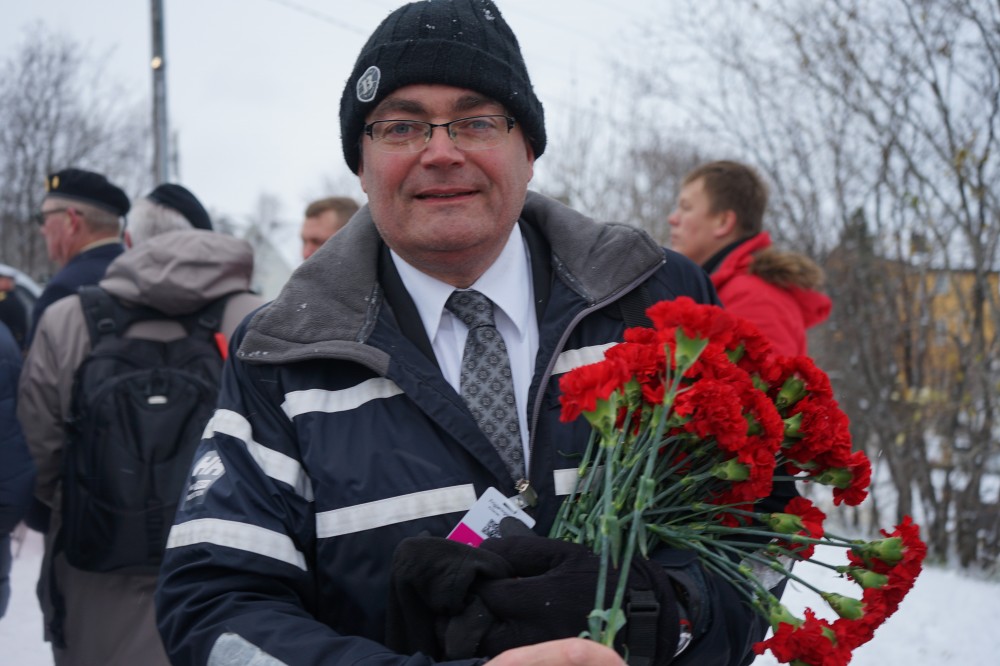
The first letter where Strand informs the police about the initiative is signed on February 16, 2020. This is simultaneous as patriotic hardliner Sergei Goncharov from Murmansk again visits Norway.
The two then travel together to Oslo for a seminar about the Finnmark partisans at Akershus Fortress on February 20. Goncharov here gives a lecture about Russian perspectives on the Kirkenes-Petsamo operations in 1944, the Facebook site of the Partisan Museum informs with photos from the event.
A few months before, during the days of the 75-anniversary of the Red Army’s liberation of Eastern Finnmark, Remi Strand facilitated the first-ever ‘Tour de Memorial’ to Norway by uniformed kids with Yunarmiya, Russia’s military-patriotic youth movement.
Strand refuses to comment on his cooperation with the Russian Northern Fleet to get the T-34 over the border to Norway.
In the letter to the police, though, he writes that the tank belongs to Northern Fleet and is made available for a five-year period.
“T-34 is a very important artefact to explain especially the Soviet Union’s effort during the liberation throughout Europe,” Strand argued.
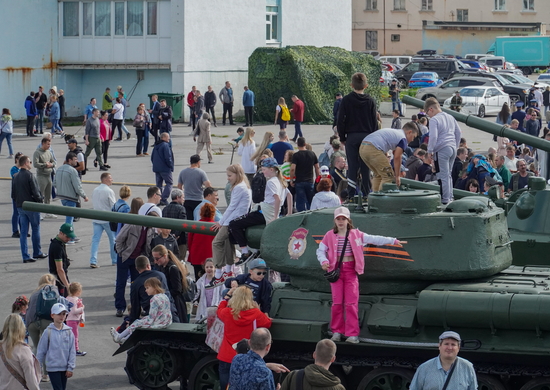
Weapons mechanisms removed
The police turned down the application. Remi Strand appealed and said a renewed dialog with the Northern Fleet concluded the outer machine gun would be removed, as well as the mechanism for launching grenades from the tank gun.
“The artefact is thus made permanently unusable as a weapon because the necessary mechanism for firing grenades has been removed,” Strand writes.
“It would be strange if the Partisan Museum is not given the opportunity to display the T-34,” he adds and emphasizes his association’s important role in maintaining Finnmark’s war history.
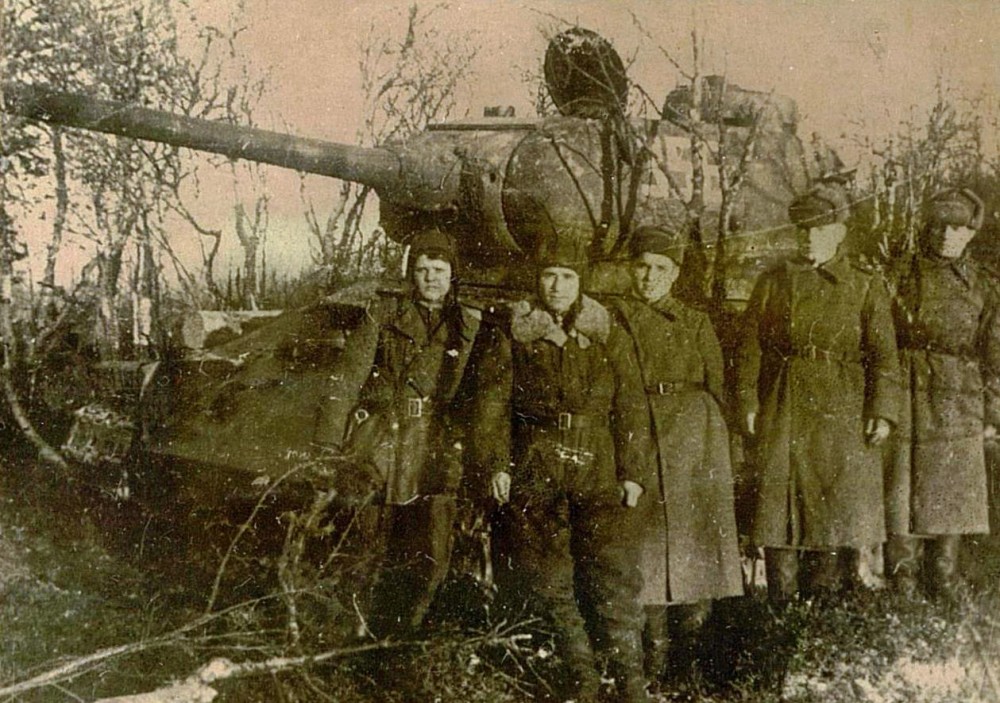
This museum in Kiberg was established to inform about the dramatic stories of young civilians from the Varanger area trained in warfare by the Soviet NKVD and the Northern Fleet in Murmansk before returning home where they radio-reported about German troop movements.
No T-34 or other armored vehicles ever made it to the Varanger peninsula during the Red Army’s liberation campaign in the autumn of 1944. A few, though, drove shortly across the border from Petsamo to Jarfjord on the Norwegian side as German troops were pushed back.
Put on ice
Arnt-Bjarne Aronsen underlines that Vardøhus Museum Association now follows the Norwegian Government’s official policy in regard to cooperation with Russia.
“The case with the T-34 is put on ice,” he says.
On August 3, the Russian government informed about Norway being placed on the list of “very unfriendly” countries.
You can help us…
…. we hope you found this article informative. Unlike many others, the Barents Observer has no paywall. We want to keep our journalism open to everyone, including our Russian readers. The Barents Observer is a journalist-owned newspaper. It takes a lot of hard work and money to produce. But, we strongly believe our bilingual reporting makes a difference in the north. We got a small favor to ask; make a contribution to our work.
ADVERTISEMENT
The Barents Observer Newsletter
After confirming you're a real person, you can write your email below and we include you to the subscription list.





